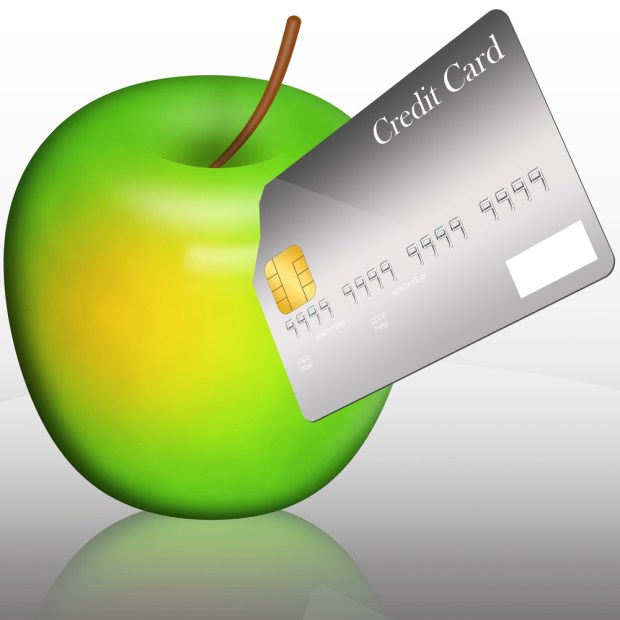Canadian Vending Machines To Accept Mobile Payments, Including Apple Pay

Vending machines in Canada are getting high-tech, and they have Apple Pay and PayRange to thank.
On Monday (Aug. 8), the Canadian National Vending Alliance (CNVA) announced it has inked a partnership with PayRange, the mobile payment solution company, to allow customers to make mobile payments at vending machines around the country. That should be welcome news to Canadians who traditionally had to use cash to get something out of a vending machine.
By teaming up with PayRange, the Canadian National Vending Alliance said it can bring cashless payments to vending machines without having to spend the money or deal with the complexity of installing card readers and network connections on the vending machines. The machines will only require a BluKey dongle, which installs in seconds, it said. Then, by using the PayRange app, which is available for both iOS and Android, users can make purchases. The app can be funded via credit cards, debit cards and Apple Pay.
“The CNVA prides itself on addressing the needs of consumers, and with more people becoming increasingly cashless, we realized we needed a mobile payment solution to bring to all our machines,” said Steve Tremblay, president of the Canadian National Vending Alliance, in a press release. “With the PayRange platform, we’re able to provide consumers with greater choice, not only in how to pay but also in what they can purchase from the machines as they are no longer constrained by the change in their pockets.”
Apple Pay’s entrance into Canada had long been rumored but officially kicked off on Nov. 17, 2015. It remains to be seen how widespread adoption will be. In the U.S., Apple Pay is having a rough time, with adoption rates not as high as Apple and watchers had hoped. As PYMNTS Karen Webster wrote in late June: “The number of people who’ve tried the service once has tripled since launch. But that has less to do with massive waves of enthusiasm for the service and more to do with it simply being made more broadly available and people having had more time to try, so it makes sense that more people are giving it a whirl. But adoption has also plateaued over the last two quarters, which is a bit concerning.”
